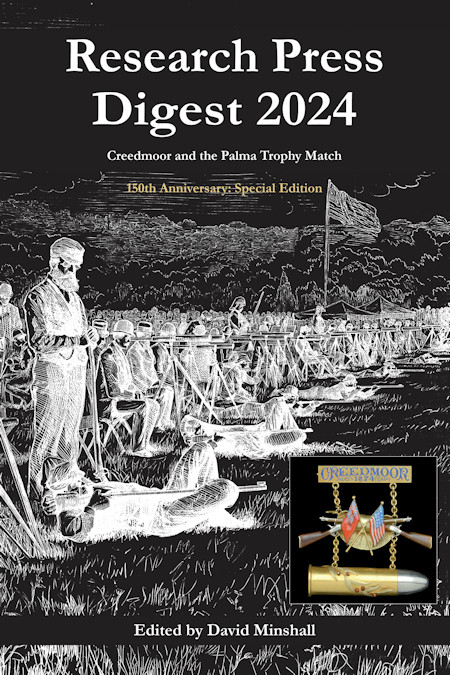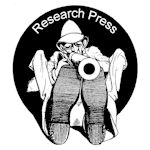Enfield
The family of British Service Rifles and Carbines introduced during the 1850’s and 1860’s in 0.577 calibre marked the culmination of the soldiers’ muzzle loading firearm.
- The Enfield Rifle - A visit to the Ordnance Factory, Enfield [1859].
- The Enfield Rifle - On the manufacture of the muzzle loading Enfield rifle [1860].
- War Department Notes - Samples of notes written by G.C. Holden in the mid 1860s covering muzzle stopper, snap cap, nipple wrench and the barrel.
- P.53 Enfield Production Markings - A synopsis of Enfield production markings to help answer some common questions, with regards to identifying British government arms.
- The Long Enfield 1853 - In 1861 the Secretary of the NRA sought a 'definition' of the P.53 Enfield rifle from Major-General Charles Hay, the Commandant and Inspector-General of Musketry, at the School of Musketry, Hythe.
- Managing the Enfield - A short treatise for shooting the Enfield rifle today, covering the rifle, equipment, ammunition, shooting, sighting, cleaning and bedding.
- Enfield Paper Cartridges - This article draws from Hawes' work on Rifle Ammunition (1859) and other contemporary sources.
- Military Percussion Caps - In 1858 British military percussion caps were issued in packs of 75 along with 60 cartridges. That year an additional 20 Eley waterproof caps were also issued.
 Research Press Digest
Research Press Digest